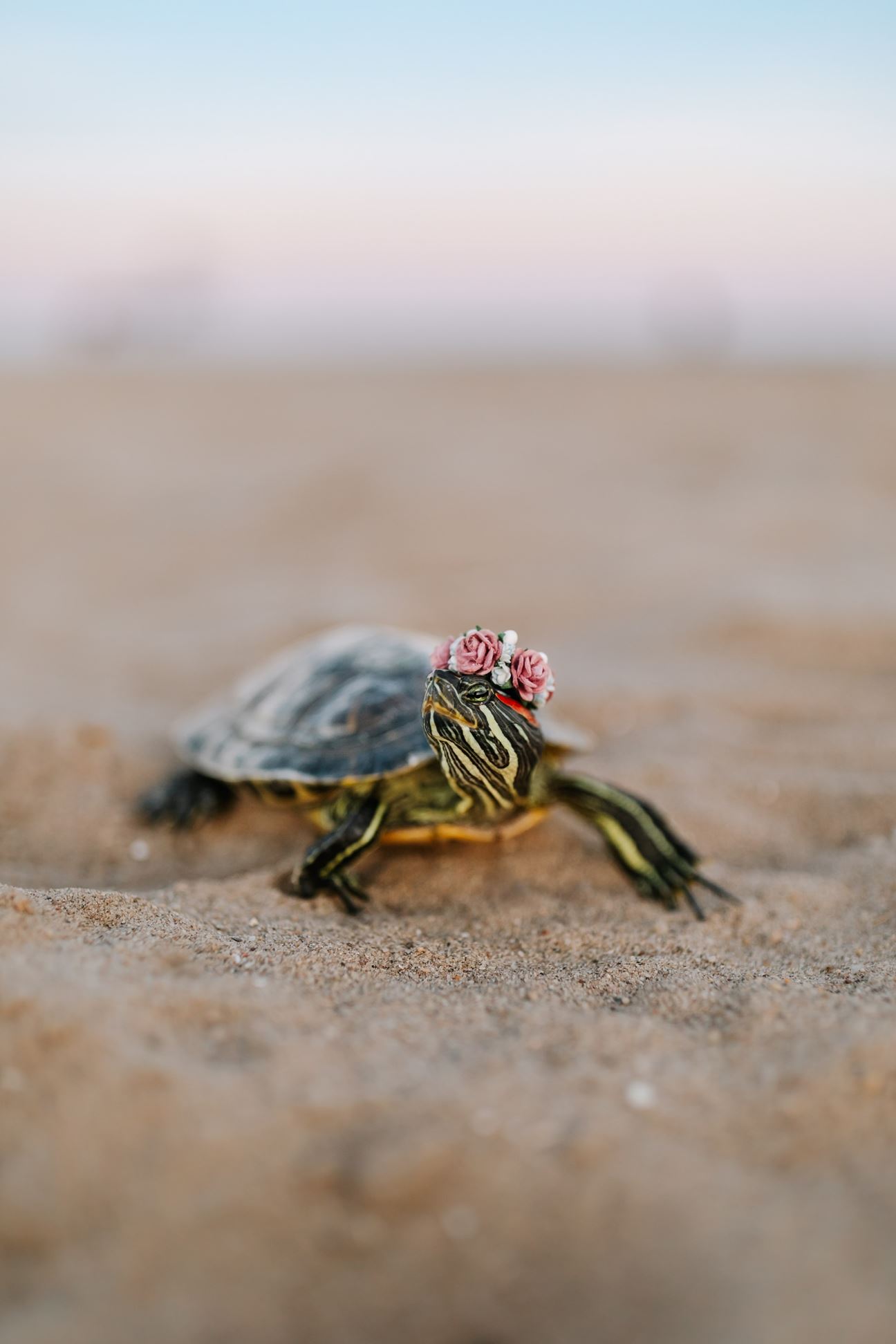World Turtle Day is observed on 23 May every year celebrating these creatures that happen to be one of the oldest reptiles turtles. Extinction and more about them here!
Jonathan, at 189 years and the oldest-known animal in the world, is a turtle! Feels ancient, huh? Turtles may not look modern and fashionable, but that is because they are one of the oldest types of reptile to walk on earth. Their adaptation skills helped them escape the mass extinction, which took away the dinosaurs. On World Turtle Day 2021, more such fun turtle facts await you.

Turtles have been around for a really long time. In case you are wondering, the ancestral turtles have been around for hundreds of millions of years and have pretty much remained unchanged to date. The earliest known (now extinct) turtle, Eunotosaurus africanus, lived 260 million years ago! Unfortunately, the earth experienced a major mass extinction event that wiped off over 75% of all terrestrial and marine species. But thanks to the turtles’ water-dwelling and burrowing habits, most of them survived.
They Live A Lot Longer Than Most Animals
The longevity of a turtle's life depends on a lot of environmental factors. But if all goes well, a large turtle can live for over 150 years in the wild! Among a few theories that discuss the reason behind turtles’ long life, their slow metabolism and lifestyle are vastly considerable. Turtles are cold-blooded and do not use up a lot of energy in regulating their body temperature. Moreover, turtles keep growing very slowly all their life and this prevents them from ageing.
Turtles Are Excellent Navigators
Turtles are one of many species with an amazing sense of direction. Their knowledge about Earth’s magnetic north helps them stay inside the ocean gyre and not get lost. This can be attributed to the acetylcholine boost in turtle brains. One fine example of this is the Loggerhead Turtle. These turtles are born off the coast of Florida and venture into the Atlantic ocean at a very young age. After spending ten to twelve years in the ocean, these turtles return to Florida to breed.
And They Have Excellent Colour Vision Too
While turtles may have a restricted peripheral vision, they have great underwater eyesight. Turtles are tetrachromat, meaning they can perceive additional shades of difference between colours—especially red. Scientists believe that the turtles have inherited the "red gene" from the dinosaur lineage.
They Come In Many Shapes And Sizes
Currently, there are 310 known species of turtles which are divided into 3 major groups - freshwater turtles, marine turtles, and tortoises. The only common thing between them is the hard cartilage shell on their backs. Their diversity can be seen through varying carapace lengths (a standard measure of turtle length). Turtle sizes vary from 10 centimetres (Common Musk Turtle) to more than 1.5 metres (Leatherback Sea Turtle).
All Tortoises Are Turtles, But Not All Turtles Are Tortoises
While they both belong to the animal order Testudines and group ‘turtles’, tortoises and turtles are morphologically and physiologically different. While there are no hard and fast rules, turtles are creatures with hard shells on their backs that can live both on land and in water. In general, tortoises live almost exclusively on land while turtles can live in both aquatic/marine habitats as well as on land. This makes a tortoise a type of turtle.
They may not be your typical cuddly pets, but turtles as pets are pretty common. Turtles are often considered as low-maintenance pets and are a popular choice as pets all over the world. Before you think of getting one home, remember, turtles carry salmonella which can be easily transmitted to humans.
A Turtle’s Sex Is Determined While The Egg Is Being Incubated
While the gender of most animal species is determined at the stage of fertilisation, turtles are a bit different. A turtle’s sex is determined based on the ambient temperature. Many researchers have observed that if the turtle egg incubates below 27.7 degrees celsius, the hatchling will be a male. But if the turtle egg incubates above 31 degrees celsius, the hatchling will be a female. Since most turtles lay eggs on warm beaches, the resultant turtles are mostly female. This risks the turtle sex ratio being skewed.
Some Aquatic Turtles Are Butt Breathers
Many turtle species spend months in the state of brumation underwater, while others take long naps underwater. Either way, turtles had to come up with different ways to ‘breathe’ underwater. And they evolved the so-called butt-breathing or cloacal respiration. Through cloacal respiration, turtles submerged underwater get oxygen from the water. When the water passes over their body surfaces, the blood vessels in a turtle’s cloaca help them absorb the oxygen.